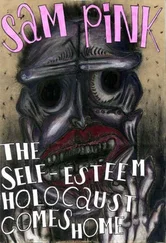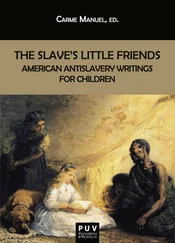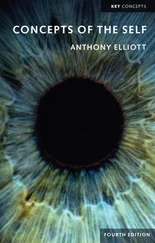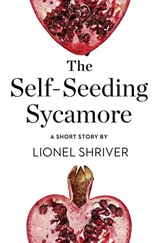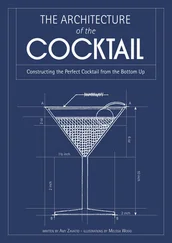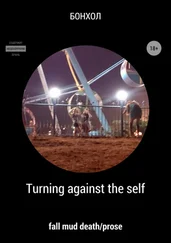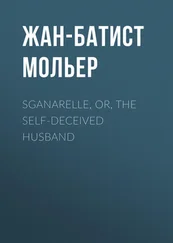The History of Southern Women’s Literature (2002), edited by Carolyn Perry and Mary Louise Weaks, with its eighty-six essays by different prestigious scholars, traces the evolution and development of southern women writers, both black and white. It includes a fair number of essays on diaries, slave narratives and letters written in the antebellum and bellum period, as well as specific essays focusing on Harriet Jacobs and Mary Chestnut. Apart from several separate essays on some of the most prominent women writers who penned autobiographies, there are two relevant essays that focus exclusively on self-representation in the Renaissance period and in the contemporary South, respectively. Fred Hobson’s essay on “Southern Women’s Autobiography” points out how odd it is that neither Evelyn Scott’s Background in Tennessee (1937) nor Ellen Glasgow’s The Woman Within (1954) addressed race “with any honesty” (270). But he focuses mostly on racial conversion narratives and on white writers who wrote their autobiographies from the 1940s onwards—Lillian Smith, Katharine Du Pre Lumpkin, Anne Braden, Sarah Patton Boyle—and on African American women writers like Pauli Murray, Maya Angelou, and Anne Moody. He also briefly lists other remarkable autobiographies and memoirs written by women from the 1970s on that centered around race, gender, sexuality, class and other issues. James H. Watkins in “Contemporary Autobiography and Memoir” focuses on ethnic and class diversity, the impact of feminism on memoirs and the constant flow of personal narratives written in the 1980s and particularly the 1990s, “with women as the dominant voice in southern life writing” (454). This outpouring of self-writing also coincided with “a virtual explosion in theoretical and critical approaches to selfrepresentation—with consequent implications for the ways in which life writing by southern women was produced and received” (448).
In recent times, some noted historians have found in southern autobiography a fertile ground to explore the region’s identity and history. Jennifer Ritterhouse’s fascinating study Growing Up Jim Crow (2006) uses memoirs to show what she calls “the ‘etiquette’ of race relations” in the segregated South and how black and white children gradually learned its secret codes and “the racial roles they were expected to play” (2). In Closer to Truth Than Any Fact: Memoir, Memory, and Jim Crow (2008), Jennifer Jensen Wallach claims that “[t]here are certain aspects of historical reality that can best be captured by artfully wrought literary memoirs. Skillful autobiographers are uniquely equipped to describe the entire universe as it appeared from an acknowledged perspective” (4). Wallach uses the memoirs of Zora Neale Hurston, Richard Wright, Henry Louis Gates Jr., Willie Morris, Lillian Smith, and William Alexander Percy as valuable sources to understand the history of the South during the Jim Crow era. The same intersection of history and literature is what can be found in John C. Inscoe’s volume Writing the South Through the Self: Explorations in Southern Autobiography (2011). Inscoe expresses his “firm belief that autobiography and memoir are history at its most humanistic” (15). This book, which evolved from a course Inscoe taught for a number of years, as he explains in the Preface, has some unique qualities worth pointing out. This is the first book-length study that includes a whole chapter on Appalachian autobiography by both men and women. Equally important is the inclusion of a final Coda in which Inscoe provides an interesting overview of autobiographies by Native Americans—mostly Cherokee/Appalachians—Asians, and Latinos. Among them one can find Marilou Awiakta, Lisa Alther, Koji Ariyoshi and Judith Ortiz Cofer, to name a few. Inscoe’s volume obviously includes discussions of other more classic autobiographies—William Styron, Erskine Caldwell, Lillian Smith, Katharine Du Pre Lumpkin, for instance. But the final sections of the book—with their rich variety of life stories—show the reality of a multicultural and multiethnic South that has already moved beyond the traditional black and white binary.
Two more important studies on southern autobiography appeared in 2011. Peggy Whitman Prenshaw’s award-winning volume Composing Selves: Southern Women and Autobiography truly is an exceptional contribution to the study of southern life-writing by women. She focuses on the autobiographies and memoirs of eighteen women who grew up in the South in the period between 1861 and the 1930s, which she calls the “late southern Victorian” period (5). Her book covers the autobiographical texts of well-known women writers (like Katharine Du Pre Lumpkin, Lillian Smith, Marjorie Kinnan Rawlings, Zora Neale Hurston, Ellen Glasgow, Eudora Welty, Elizabeth Spencer, and Ellen Douglas) but she also examines the writings of what Prenshaw calls “wifehood narratives” (Mary Hamilton and Agnes Grinstead Anderson) which, in a way, function as “the biographies of husbands” (96). Furthermore, she includes the life writing of four southern women who were actively involved in politics (like Virginia Foster Durr and Mary Craig Kimbrough Sinclair). On the other hand, in Radical Spiritual Motherhood: Autobiography and Empowerment in Nineteenth-Century African American Women , Rosette R. Haynes offers a very different approach to southern women’s life-writing. She focuses her study on the autobiographies of five itinerant nineteenth-century African American preachers (Jarena Lee, Zilpha Elaw, Julia Foote, Amanda Smith, and Rebecca Jackson). These traveling radical mothers seek both spiritual and bodily freedom, and these aspects connect them, in Haynes’ view, to the slave narratives of authors like Harriet Jacobs, Mary Prince, and Sojourner Truth. Therefore, Haynes analyzes those spiritual autobiographies “to explore the links between the treatment of sexuality and the body in the texts of enslaved and free women” (2). She also includes a final chapter on Pauli Murray, who became a twentieth-century Episcopalian priest, and her 1956 autobiography Proud Shoes to show the continuity of earlier radical spiritual foremothers and their autobiographical texts.
Studies on autobiography and self-presentation have taken a new direction with the publication of different edited collections on the correspondence of literary women. Two outstanding examples are Pamela Matthews’s Perfect Companionship: Ellen Glasgow’s Selected Correspondence with Women (2005) and Suzanne Marrs’s What There Is to Say We Have Said: The Correspondence of Eudora Welty and William Maxwell (2011). In “Letter-Writing, Authorship, and Southern Women Modernists,” included in The Oxford Handbook of the Literature of the U.S. South (2016), Will Brantley examines four edited collections of letters which include The Habit of Being: Letters of Flannery O’Connor , edited by Sally Fitzgerald (1979); Letters of Katherine Anne Porter , edited by Isabel Bayley (1990); How Am I to Be Heard? Letters of Lillian Smith , edited by Margaret Rose Gladney (1993); and Zora Neale Hurston: A Life in Letters , edited by Carla Kaplan (2003). In his groundbreaking essay, Brantley shows that letters “are a revelatory mode of self-writing . . . because they can provide a sense of immediacy often missing in autobiography” (345). Because of the episodic nature of letters, Brantley writes, and despite changes of self over time, “for a reader [they] may be as true to the writer’s lived experience as the self-summation of the more formal autobiography” (345). Brantley, therefore, concludes that letters “are, as [Katherine Anne] Porter maintained, autobiography in a pure sense” (358).
Autobiography and the Self—Transforming a Life into a Text
Читать дальше

